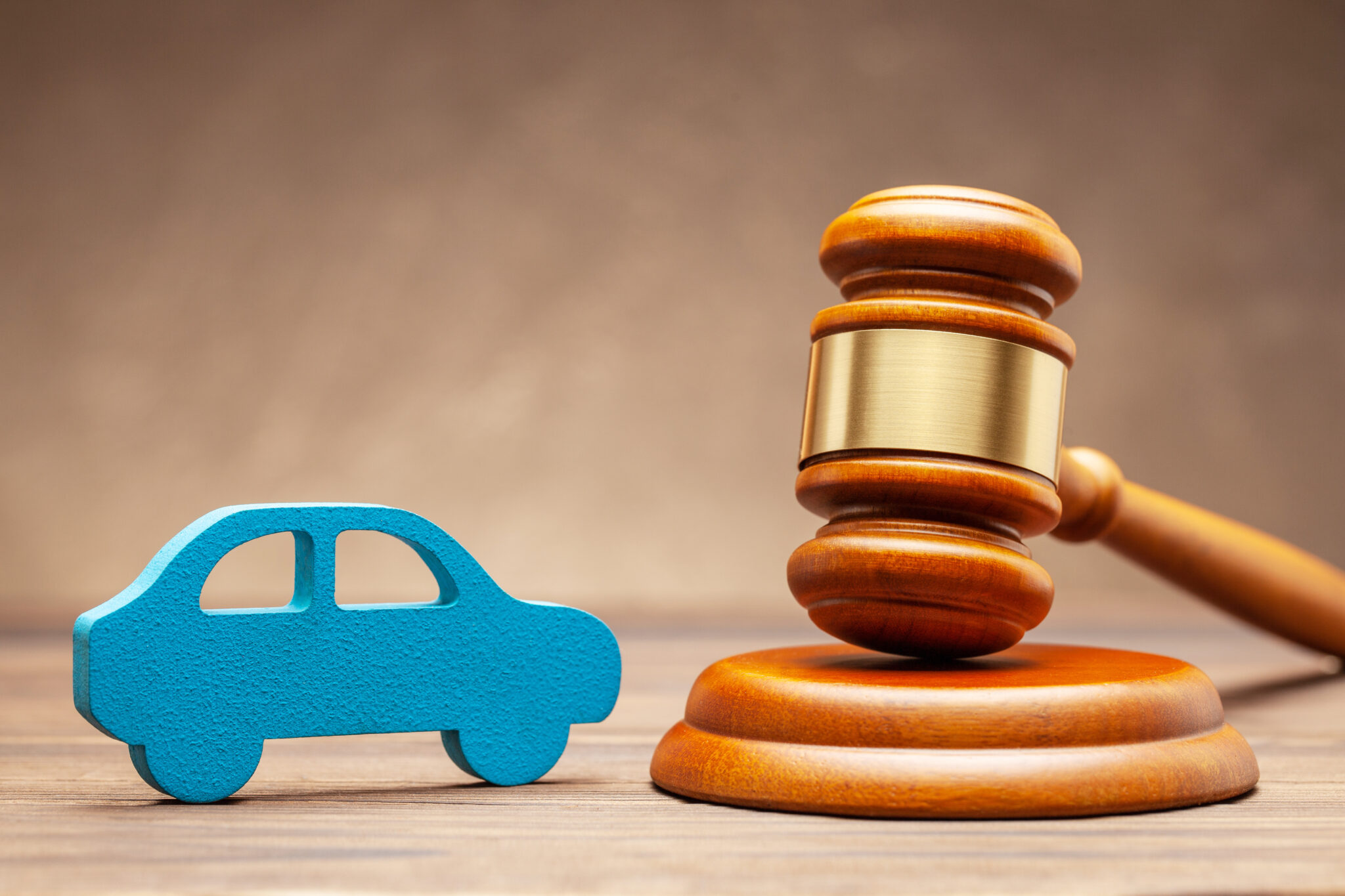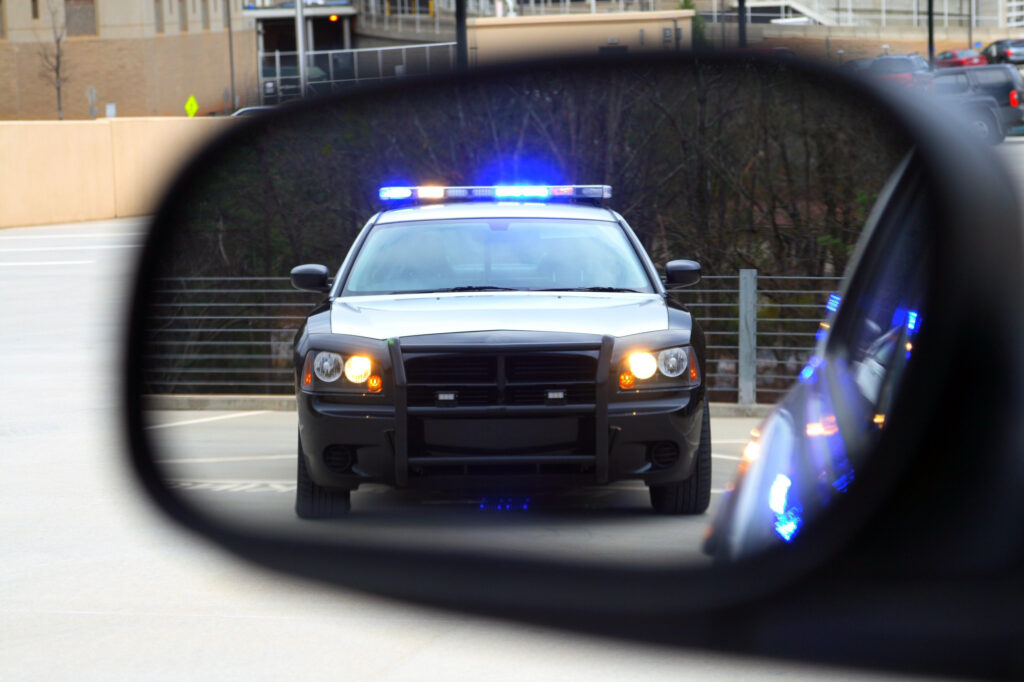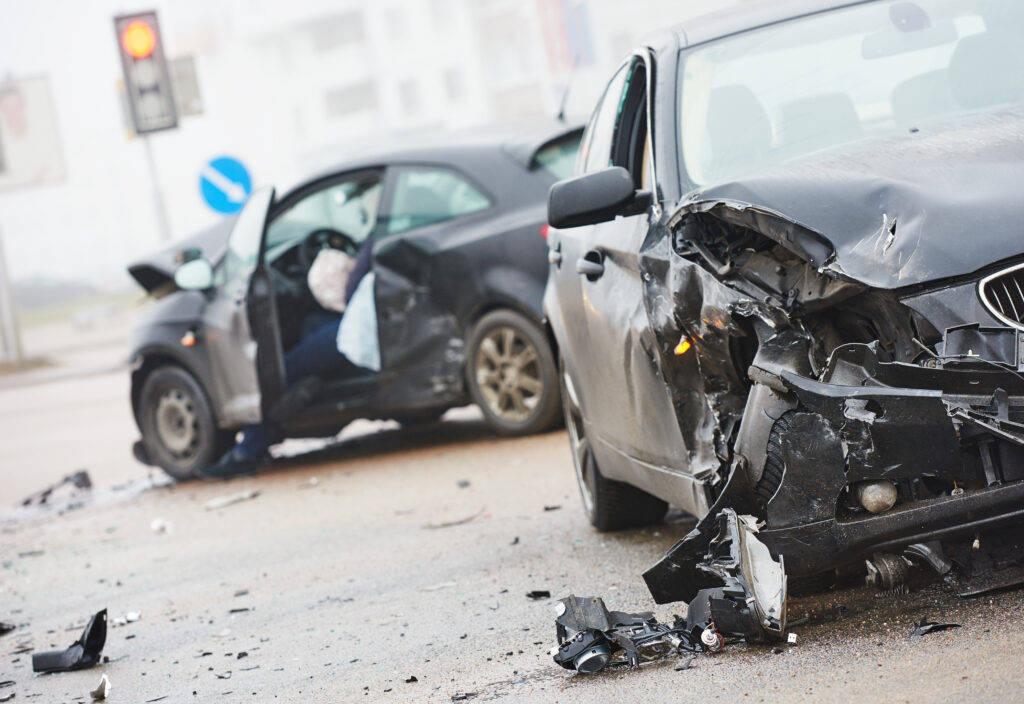We make mistakes when we drive. It’s going to happen at some point. Unfortunately, some mistakes are more costly than others. Getting a DUI or having too many tickets and accidents can cause you to be a high-risk driver. This means you’ll have a hard time getting auto insurance. You may also need an SR-22 form.
When you’re a high-risk driver or have a DUI, your state might order you to get an SR-22 form. Or, in Florida and Virginia, an FR-44. Insurers and states may also call this a certificate of financial responsibility. An SR-22 isn’t a type of insurance. It’s a form that certifies that you have the minimum amount of liability coverage that your state requires you to have.
In this article, you’ll learn everything you need to know about the SR-22/FR-44 form. This includes how it works and what it covers. You’ll find out who needs it, where you can get it, and how much it costs. We’ll also clarify how long the form lasts.
How an SR-22 Works
An SR-22 is not a type of car insurance that you buy. Rather, it’s a form that your state might require you to get if you have a certain type of violation, such as a DUI, on your record. An SR-22 will verify that you’re carrying your state’s minimum amount of liability insurance on your policy. This will ensure that you’re financially responsible to pay for an accident if you’re at fault.
Some drivers may prefer driving without coverage after a DUI. That’s because severe violations such as this put you into the high risk category, meaning you need an expensive high-risk policy to drive. The SR-22 will help keep you honest.
What an SR-22 Covers
An SR-22 indirectly covers you from paying for certain damages. It indicates that you have a certain amount of liability insurance on your policy. This means that if you cause an accident, your auto coverage should be able to cover the expenses.
Liability insurance protects you from paying for damages in full if you’re at fault in an accident. It only covers the other party’s expenses. To cover your expenses in an accident, you’ll need collision coverage. Here’s what liability, and by extension, an SR-22 will protect you from:
- Bodily injury liability. This includes medical expenses for the other party and your passengers (hospital bills, funeral costs, lost income, etc.)
- Property damage liability. This includes damage to the other person’s car. It also covers damage to other physical property, such as light posts, trees, buildings, etc.
Note: an SR-22 only means you have the bare minimum amount of insurance your state requires. The expenses from an accident might exceed the minimum amount that you carry. This will cause you to pay out of pocket for the extra expenses. It’s always an option to buy more than the minimum.
What It Doesn’t Cover
The SR-22 only proves that you have a certain amount of liability insurance. This alone will be quite expensive since an SR-22 is usually ordered following a conviction for a serious violation. If you want coverage for your own expenses following an accident, prepare yourself for sticker shock.
To be full covered, you’re policy would need to include:
- Collision. Covers your car’s damages in a crash with another vehicle or object.
- Comprehensive. Protects you from random “act of God” events. This includes natural disasters (falling trees, hurricanes, etc.), vandalism, and theft.
- Personal injury protection (PIP). Covers your medical expenses after an accident. Also covers several other costs associated with an accident including loss of work or income.
- Medical payments (MedPay). This coverage is similar to PIP but only covers the medical expenses for you and your passengers.
An SR-22 only acts as proof that you have liability on your policy. All other types of insurance are up to you to add. While SR-22 forms only require you to have a certain amount of liability, you should consider adding as much as you can afford. This will help make sure that an accident won’t break the bank.
Who Needs an SR-22
SR-22 forms are only for a select group of people. Usually, a state or court will require you to get one if you have a severe violation on your record. If you’re a high-risk driver, you might need to obtain one of these forms from an insurer. These types of violations often cause you to be a high-risk driver as well.
If you have any of these serious violations on your record, you may need an SR-22:
DUIs
Driving while under the influence of drugs or alcohol is a devastating violation to have. A DUI can make it extremely difficult to get insurance. One DUI conviction will automatically make you a high-risk driver in the eyes of insurers. People with DUIs may need to get an SR-22 to prove they can pay for damages they cause in the future.
Reckless Driving and Other Serious Driving Violations
Reckless driving or other serious driving offenses can result in you needing an SR-22. A reckless driving violation, for instance, signifies to insurers and the state that you’re a high risk for accidents in the future. SR-22s require you to prove that you have the proper coverage to pay for any other accidents.
Having an Accident with No Insurance
Getting into an accident without car insurance might cause your state to require you to get an SR-22 form. Your state will want to know that you’ll be able to pay for any future accidents. One of these forms would certify that you’re financially responsible and have the appropriate coverage to do so.
License Suspension or Revocation
Losing your license can throw you into the high-risk insurance category. It’ll also mean that you might need an SR-22. Since you’re a high risk to insurers, the state will want you to show that you have a certain amount of insurance to cover any later accidents.
Insurance Companies That File SR-22 Forms
States are the ones that require SR-22s, but you’ll need to get one from your insurer. Most providers will be able to offer one to you. Here are some of the top companies that’ll file an SR-22 for you:
- GEICO
- USAA
- State Farm
- Dairyland
- Progressive
- The General
- American Family
- Farmers
- Nationwide
- Allstate
- Travelers
- AAA
Once you pick out an insurance company, it’ll be fairly easy to file an SR-22. You’ll need to tell your insurer that you need one when you buy your policy. Then, they’ll file it with the state for you for a fee. You’ll just need to wait for it to go through and you’ll be all set.
How Much an SR-22 Form Costs
The cost for an SR-22 depends on the state you live in and the insurer you do business with. The form isn’t a type of insurance, so there aren’t any rates that go along with it. But you should expect to pay an initial flat fee when you file it. Your insurer will usually collect the fee from you. SR-22 filing fees will normally cost you around $25.
Keep in mind that an SR-22 doesn’t just cost money because of the fee. You’ll also have to buy liability insurance. How much you pay for liability will depend on several factors. You should also be aware that if you have an SR-22, your record is likely spotty at best. High-risk drivers normally pay much more for their auto coverage. Besides your record, the factors that insurers use to determine your rates are:
How Long Do You Need to Have an SR-22 on File?
When you file an SR-22, it will last for a certain period. The amount of time will depend on your state laws and the type of violation you have. The most common duration for an SR-22 is about three years. Some states may also require you to have a form on file for up to five years if the violation is serious enough.
Also, note that your insurer will need to tell the state if you cancel your policy. This is because an SR-22 certifies that you have a certain amount of insurance. Not carrying any would go against what the form indicates. Your state may also terminate or suspend your license if you don’t follow the form’s terms. Be sure to check your state’s SR-22 terms so you don’t violate any rules.
Frequently Asked Questions
Why would you need an SR-22 form?
You would need an SR-22 after getting a DUI or having other severe violations on your record. High-risk drivers are the ones who’ll need it. The form verifies that you’re financially able to pay for any future accidents that you may cause.
How long do you need to keep an SR-22?
Your state will usually require you to have an SR-22 on file for a certain period. This is normally for about three years. The exact duration will depend on how serious the violation is. For example, while the normal length is three years, some states may require you to keep an SR-22 form for up to five years.
What violations require an SR-22?
High-risk drivers with lots of tickets or accidents may need to get an SR-22. Certain types of violations can automatically make you high-risk. These violations are:
- DUIs
- Reckless driving
- License suspension or revocation
- Uninsured accidents
Having any of the above offenses on your record can cause your state to order you to get an SR-22. These violations will also make insurers view you as dangerous. High-risk drivers pay a lot more for their insurance than those with a clean record.


